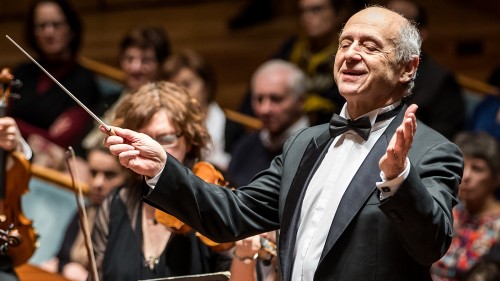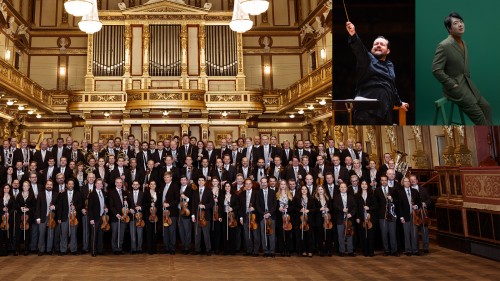Although Frédéric Chopin was one of the great virtuosos of 19th-century Europe, his ambitions seem to have been less pronounced than those of his contemporaries like Franz Liszt, who often wrote expansively for large orchestras. Chopin, rather, was almost exclusively interested in writing for the piano, and many of his pieces used short, single-movement forms. Taken as a whole, his work looks like an extended argument for the virtues of the dominant philosophy of 19th-century middle class Europe: liberalism. The individual, in this case the pianist, is paramount. Even his Sonata No. 3 in B minor, one of his more expansive works, was dedicated to a single person, the Countess Élise de Perthuis.
From this perspective, the Third Sonata is, in Chopin’s body of work, akin to the grand orchestral pieces that many of his contemporaries were writing. It is one of his comparatively few attempts at one of those strict large-scale forms so popular in and around Germany, where many of the greatest composers were working. The piece begins as if mimicking the style of those German composers: austere, authoritative, and confrontational. As the first theme develops, though, the music fades and becomes more slippery to yield a gentler second theme more closely aligned with Chopin’s salon music. It is here that the piece becomes a kind of demonstration in favor of this subtle music—intimacy and quietness can be serious, too. Unusually for the first movement of a sonata, when the original theme is brought back again after development, it is the subtler second theme that is restated rather than the first.
The second movement, Scherzo, is another typical Chopinesque statement. Removed from this context, it could easily be mistaken for one of his Preludes or, slowed down, one of his Ballades. It is a rapid display of subtle technique and dexterity that envelops the listener in a John Coltrane-like sheet of sound.
The third movement, Largo, is one of Chopin’s purest showcases of his ability as a melodist. Briefly modeling the first movement, it begins confrontationally with a red herring of an ominous theme. Soon, softness breaks through and presents the listener with some of Chopin’s more adventurous harmonic writing. Only a short time later will the listener realize that this was an extended introduction for a longer middle section in a new key. Like a Bach fugue or one of the composer’s own nocturnes, its steady rhythmic churn belies a more wiry evolution, contorting itself constantly through several harmonic shifts. It rests finally in a recap of the first theme that itself continues to evolve before its quiet, demonstrable end.
The final movement, Presto, begins with a shocking series of octaves, perhaps the most difficult passage of the entire piece. Chopin is unrelenting from there, marrying broad chords and octave voicings with dextrous passages that recall the earlier Scherzo. The endless barrage of virtuosity is tempered and unified with a strong melody that threads throughout the movement. It is a summary not just of everything that has come before it in the piece, but of Chopin’s aspirations as a composer—virtuosity, but beautiful.



